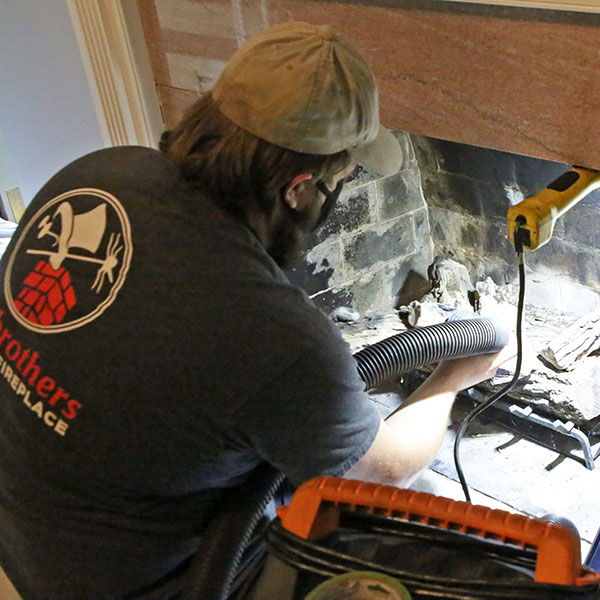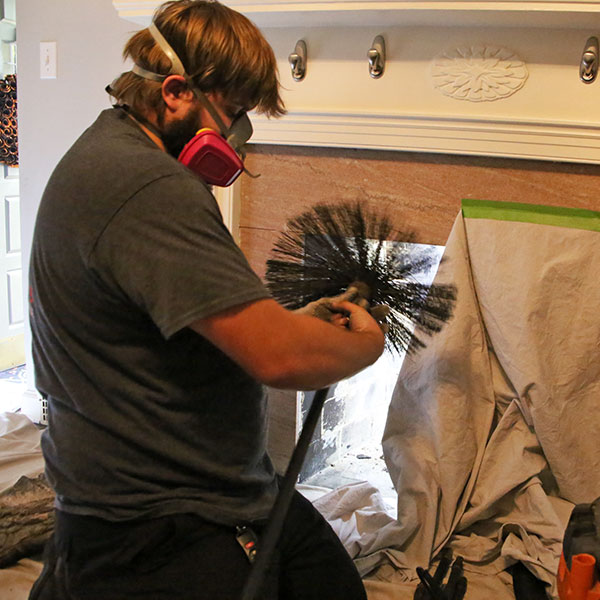4 Chimney Cleaning Myths You Should Be Wary Of
Just like any other popular topic, there are many chimney cleaning myths. You should be wary of these myths as they will derail you. Here are some of the common myths.
You don’t need chimney inspection if you aren’t using the chimney
This is completely false. Even if you haven’t been using the chimney it doesn’t mean that other factors can’t interfere with the integrity of the chimney. Birds often get into unused chimneys and build nests. The nests can block the chimney putting you at risk. The chimney can also crack even if you aren’t using it.
If you haven’t used the chimney for a while you shouldn’t light fire in it before you hire a chimney inspection contractor to inspect it. The professional should check all the areas of the chimney and clean it. The professional should also repair any bricks that might be loose or cracked.
You don’t need to inspect the chimney after installing a metal liner
While metal liners get rid of many chimney problems such as chimney leaking and many others, it doesn’t mean that you shouldn’t inspect the chimney. Remember that even in the presence of the metal liner creosote can build up becoming a fire hazard.
You should hire a chimney contractor at least once a year to inspect and clean the chimney.
Pine results to increased creosote deposition
If you have been reading about chimney cleaning you must have come across the above statement. Studies done by the University of Georgia have found that pine isn’t the cause of increased creosote deposition—low burning temperatures are the cause.
This means that if you burn pine at high temperatures your chimney won’t have a lot of creosote deposition. To increase the burning temperatures you should burn dry and seasoned wood. This is wood that has dried for about a year.
You don’t need fancy cleaning brushes to clean the chimney
While it’s creative to use tree branches to undertake chimney sweeping, you won’t achieve the same results as when using specialized cleaning brushes. To avoid trouble you should hire a chimney cleaning professional who will not only give your chimney a thorough sweep, but one who will also inspect and repair any faulty areas.
Conclusion
These are chimney cleaning myths that you should be wary of. Always hire a professional to clean the chimney and your chimney will not only last for long, you will also live with peace of mind as you will know that you are safe.
The post Blog first appeared on First Class Chimney Services.
This post first appeared on https://www.firstclasschimneyservices.com
 It’s spring, and for most of the country, that means rain and more rain. As homeowners, we know when our roof leaks and when the windows aren’t as tightly sealed as they should be. When
It’s spring, and for most of the country, that means rain and more rain. As homeowners, we know when our roof leaks and when the windows aren’t as tightly sealed as they should be. When 

 Damaged Chimney Cap
Damaged Chimney Cap



 Chimney cleaning is a commonly misunderstood necessity. As a result, many homeowners make costly mistakes, putting both home and family at risk. Chimney safety is important enough that fire safety experts recommend
Chimney cleaning is a commonly misunderstood necessity. As a result, many homeowners make costly mistakes, putting both home and family at risk. Chimney safety is important enough that fire safety experts recommend  A homeowner using his own chimney sweep brush is also usually a mistake. First, it is dangerous for anyone to climb on a roof and work from that height. Chimney sweeps have training and experience for that, but that’s only one part of it. A simple chimney sweep brush in the hands of a homeowner will not necessarily clear out the creosote because there are three forms of creosote. Only the easy-to-remove variety will come off with a chimney brush. The other two are far more difficult to remove and require the use of special equipment that only a chimney sweep company would typically own.
A homeowner using his own chimney sweep brush is also usually a mistake. First, it is dangerous for anyone to climb on a roof and work from that height. Chimney sweeps have training and experience for that, but that’s only one part of it. A simple chimney sweep brush in the hands of a homeowner will not necessarily clear out the creosote because there are three forms of creosote. Only the easy-to-remove variety will come off with a chimney brush. The other two are far more difficult to remove and require the use of special equipment that only a chimney sweep company would typically own.